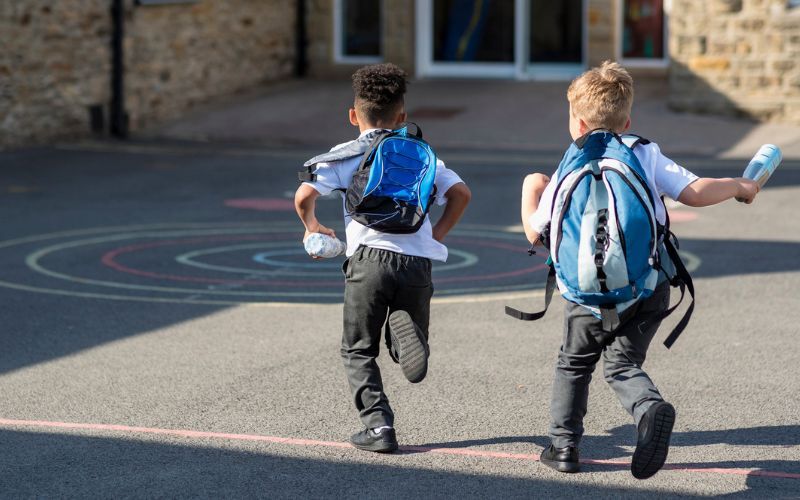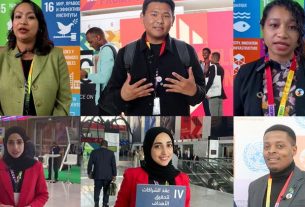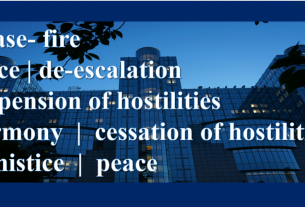Irish language speakers live and learn all over the world. Here, Dennis Doyle from California tells us his story.
I grew up in Glendale, a suburb of Los Angeles in Southern California. Like my siblings, I went to a Catholic school where most of the kids were of Irish or Italian descent. The Doyles were there with the O’Neals, the McKinleys, the Clearys, the Mckays, and the Tortorellis, Encisos, and Pizzutos.
Most of the priests and some of the nuns were actually born in Ireland.
Out on the schoolyard, I heard the phrase “póg mo thóin” and asked my Mom about it. She said it was Gaelic and it was the language of Ireland. I was astounded to find out that Ireland had its own language and I asked her if our family was from Ireland.
She said that her grandparents were from Ireland and so were my Dad’s grandparents.
“From Dublin?” I asked, naming the only city I had heard of.
She said, “yes”. (Though I know now that our people were really from Wicklow).
It seemed like we always thought of our family as being Irish. She remembered another phrase: “Éirinn go brách”. She knew that it meant “Ireland forever”. I asked her what “póg mo thóin” meant and she said she thought it meant “peel the potatoes.”
My next encounter with the Irish language would be through the music that I came to love. It started with my parents’ 45rpm records playing Dennis Day’s tenor voice and later, the music of the Clancy Brothers on the Ed Sullivan Show on television.
As I grew older, I learned piano, organ, mandolin, and the Celtic harp. The mandolin led me to Irish dance music; the harp lead me to Carolan and traditional airs which were mostly the tunes to Irish language songs.
My brother got a Bothy Band vinyl record in which I first heard Mícheál Ó Domhnaill do his stunning version of “Casadh an tSugáin.”
I caught the Chieftains every time they played in California. I fell in love with the music of Clannad, especially their earlier recordings in which they were so uncompromising in their use of Irish in their performances and recordings. I learned many of those songs phonetically and would sing them as part of my performances with an Irish band I formed with my brother and some friends.
A few years later, I decided to get a little more serious about learning Irish properly. I had bought copies of Buntús Cainte and Learning Irish while on a trip to Ireland with my wife. We had young children of school age at the time and one of my boys was getting special tutoring in math from a friend at our church, Pius Oller, a woman from Donegal.
Once after her session with my boy, I asked her if she could speak Irish. She said that she grew up speaking Irish in her family. She agreed to tutor me in Irish using my collected materials.
After the first few sessions, she refused to take any money for the lessons because it awakened in her such great memories of Ireland and of poems and stories and songs in Irish; she was enjoying our sessions as much as I was learning from them.
She gave me many songs that she could sing from memory. We also worked through the two books Ceolta Gael, both learning tunes and translating the text. She was a retired teacher and had taught in Ireland and then emigrated to the USA where she taught in Catholic schools for most of her career.
Upon retirement, she tutored children and became a cantor and a choir leader in our parish. She established the parish contemporary and children’s choirs. I’ve worked with her for many years as an accompanist.
For some of those years each Friday afternoon, we would have tea and have a little chat in Irish. I see her at church each week and we frequently share a cúpla focal. Her blas is Ulster-Irish.
Currently, I’m a professor of English and Humanities at Glendale Community College in my hometown in California. In addition to English classes, I have the opportunity to teach a course in Irish History and Literature in which I share my interest in Irish language, music and culture. I have lead and continue to participate in study abroad tours to Ireland through my college.
Our month-long programs bring groups of students from California to Dublin, Galway and Belfast. I also have a career as a performing artist on the Celtic harp; I have performed throughout North America, in Japan, and in Ireland at various Celtic events and festivals.
I was the opening act for Clannad years ago when they performed in Los Angeles. I have several recordings and most of my albums are available on iTunes. Because I have some Irish, I’ve helped staff Irish Language Weekends in Milwaukee and Los Angeles, usually teaching level one and leading songs and doing liturgical music if there is a liturgy. I have taught fun sampler courses in language and Irish language song at festivals in Milwaukee, Cleveland, Los Angeles, Pittsburgh, and around North America.
Nowadays, I keep my hand in by sitting in with a local class each Sunday afternoon in Glendale. They are working on Buntús Cainte again, but I need to keep in the practice.
Our teacher, Tadhg Máirtín has an excellent blas, though he’s from Dublin. I watch Now You’re Talking videos frequently available on YouTube. I also watch An Nuacht from TG4, but they are speaking a bit too fast for me. It’s good practice; I pick up a bit.
There are classes each Monday evening at the local Celtic Art Center, but my participation has been limited because I still have to teach early morning classes. Someday I’d like to spend a couple of weeks in the Donegal Gaeltacht with Oideas Gael program.
Are you learning Irish? Let us know where and why in the comments section, below.
* Originally published in 2019. Updated in 2023.



